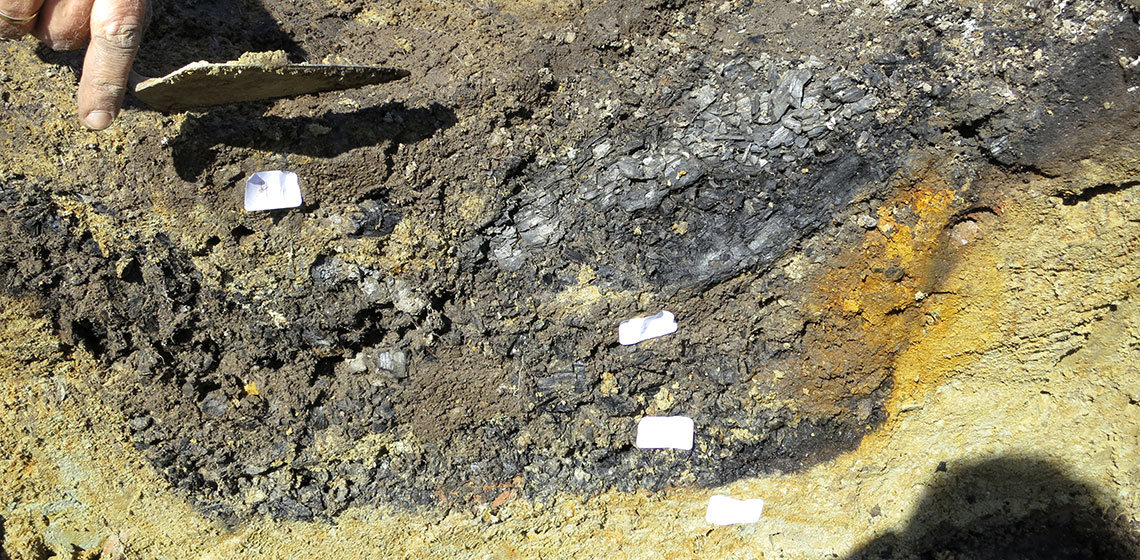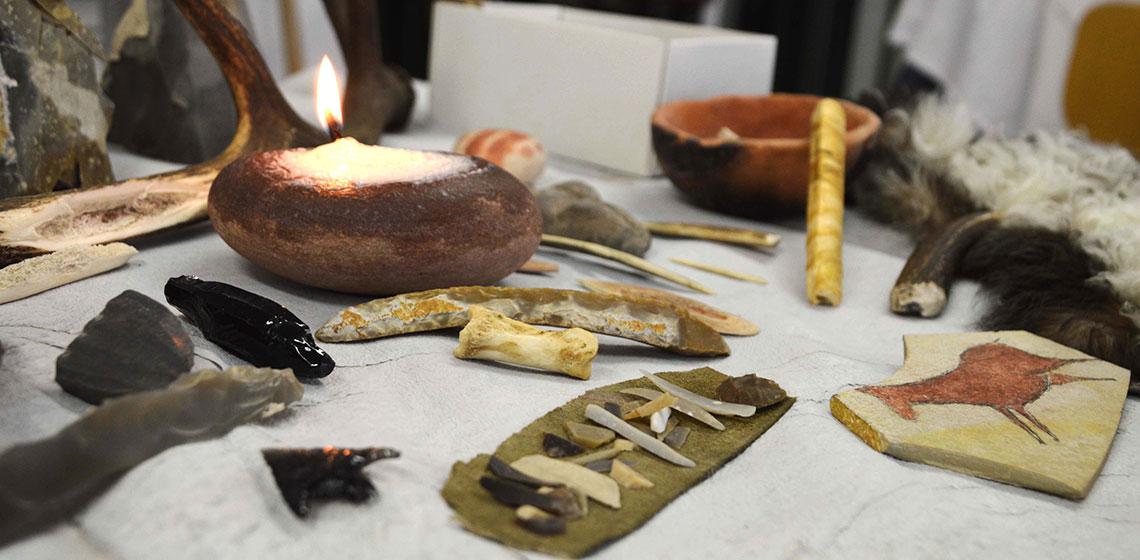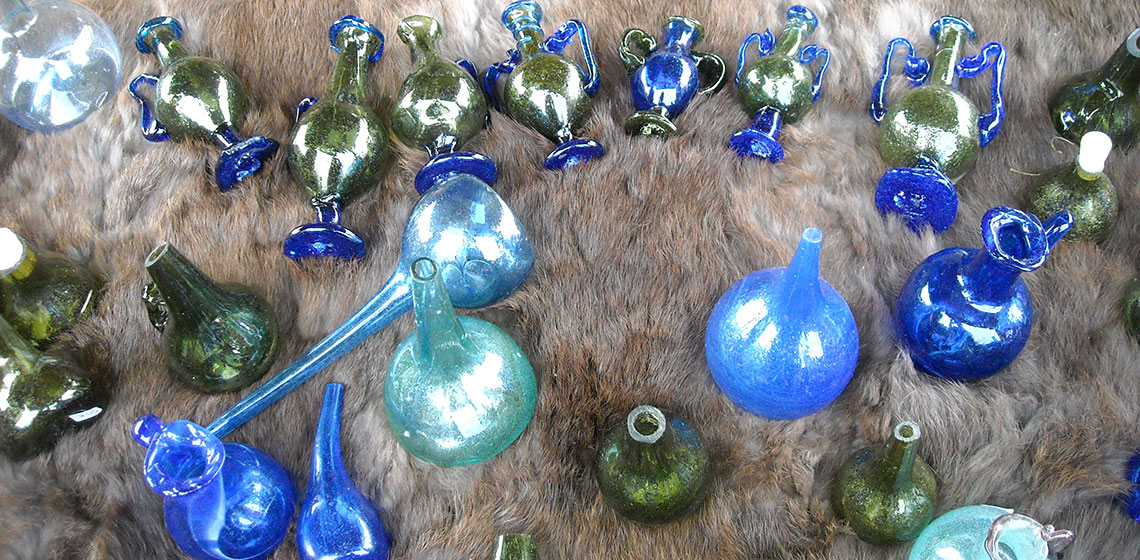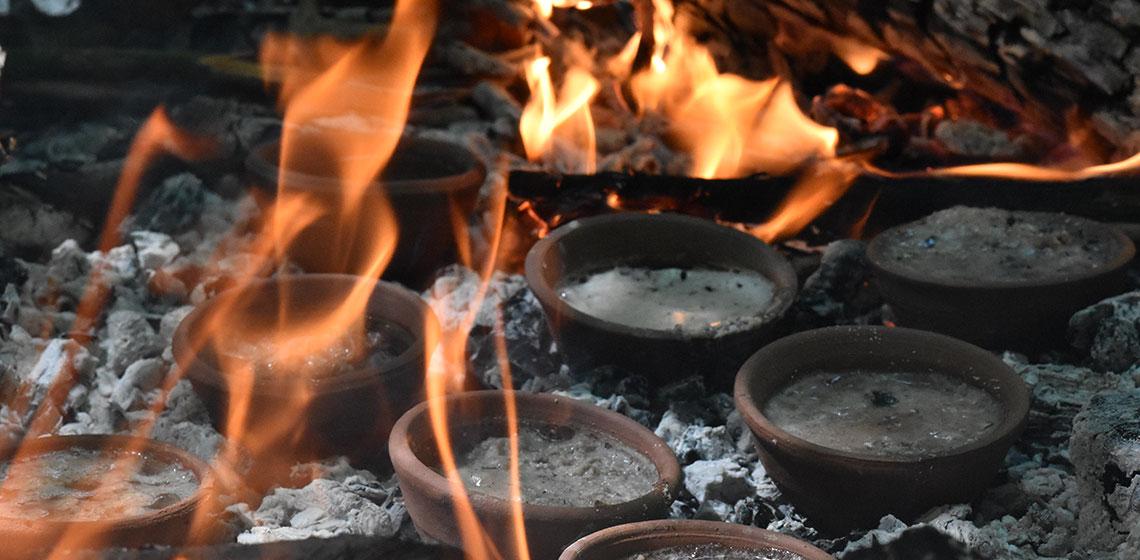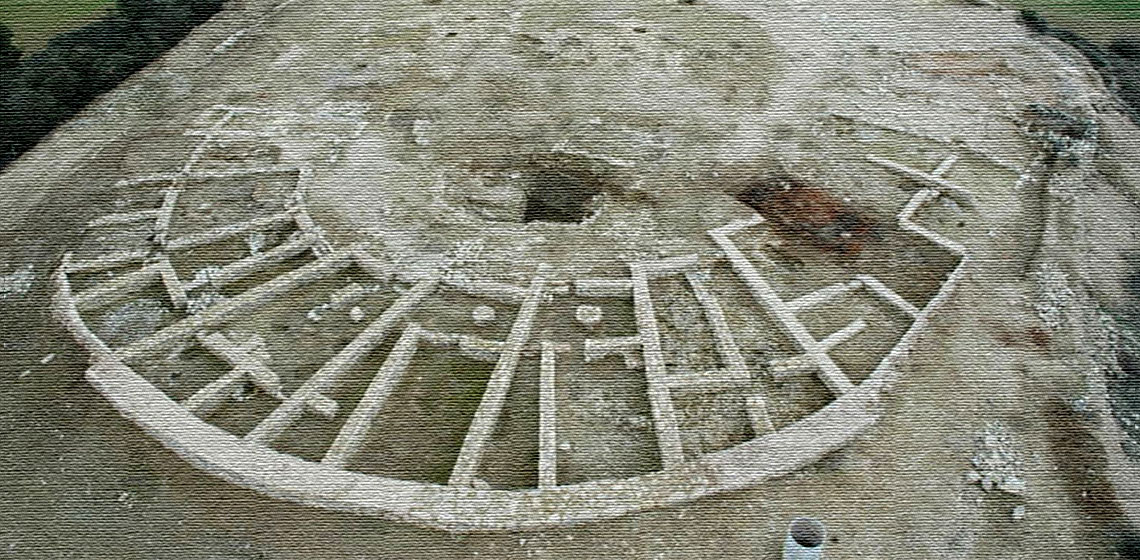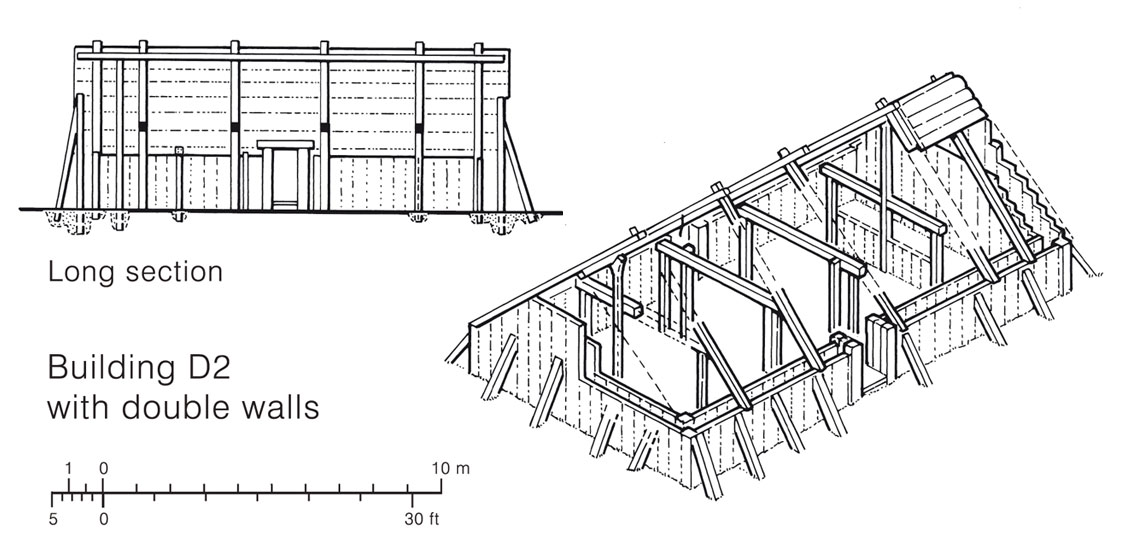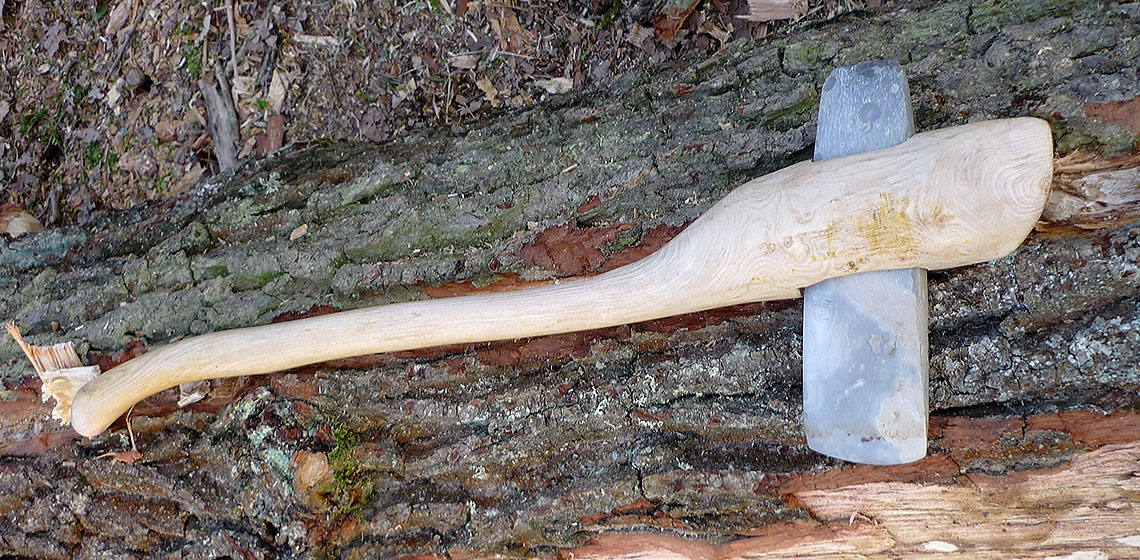The YEAR (York Experimental Archaeological Research) Centre is affiliated with BioArCh, Department of Archaeology, the University of York. We are concerned with education, public outreach and specialised academic research on the production, function and meaning of material culture. We are currently running an MA Research Skills Module on Experimental Archaeology.
The YEAR (York Experimental Archaeological Research) Centre is affiliated with BioArCh, Department of Archaeology, the University of York. We are concerned with education, public outreach and specialised academic research on the production, function and meaning of material culture...


